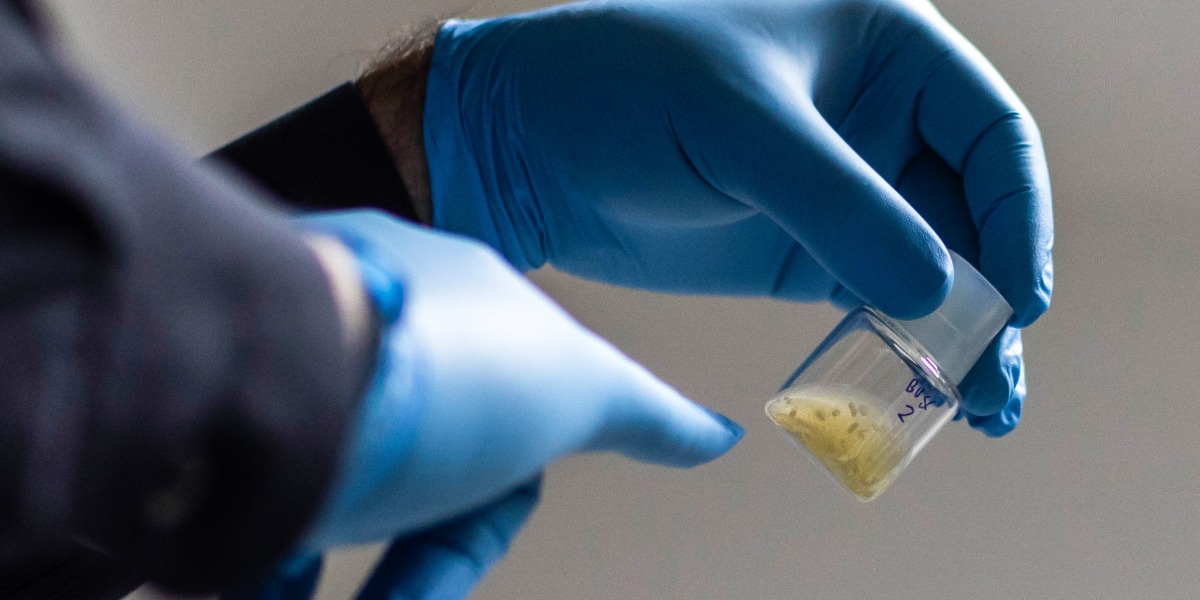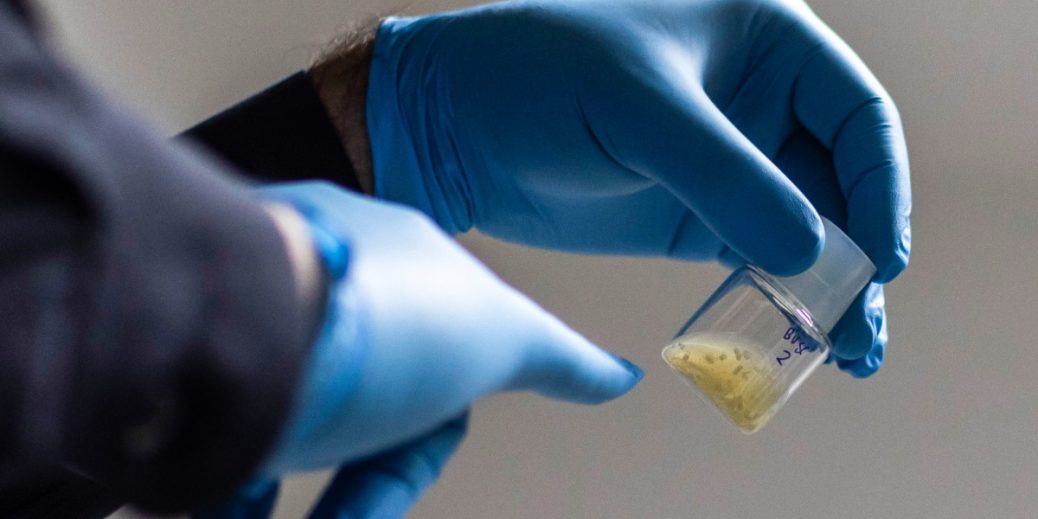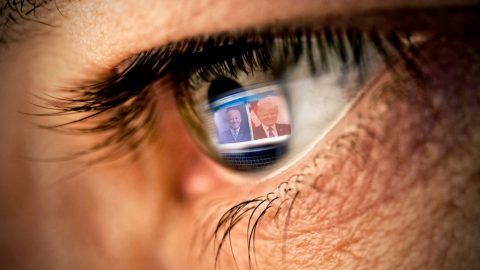
For Zernicka-Goetz’s part, she later said on Twitter that her lab’s creations “are not real embryos.” “In response to recent media on my group’s research, I would like to clarify that our goal was not to make headlines but to share our research with the community. We cannot control how the news reports our discoveries, but we are grateful for the interest & constructive comments,” she also said.
It’s not unheard-of for scientists to try to scoop one another. But what’s troubling about last week’s hijinks (nicely covered by the Spanish newspaper El País) is that we’re talking about lab creations that could eventually count as real human embryos.
“We need a defined framework, but instead what we see here is a fairly wild race between labs,” one journal editor told me during the ISSCR meeting. “The overarching question is: How far do they go, and where do we place them in a legal-moral spectrum? How can we endorse working with these models when they are much further along than we were two years ago?”
So where will the race lead? Most scientists say the point of mimicking the embryo is to study it during the period when it would be implanting in the wall of the uterus. In humans, this moment is rarely observed. But stem-cell embryos could let scientists dissect these moments in detail.
Yet it’s also possible that these lab embryos turn out to be the real thing—so real that if they were ever transplanted into a person’s womb, they could develop into a baby.
So far, scientific organizations like the ISSCR say transplanting a synthetic human embryo should be forbidden. But technical advances suggest that it could be possible to incubate them outside of the womb entirely. Not only are scientists able to grow embryos in the lab for longer periods, but on the other end of development, premature babies can be kept alive earlier and earlier.
“You’re digging a tunnel to meet in the middle, and I see no reason why that would stop,” Carlos Gantner, a member of the Zernicka-Goetz team, told me when I caught up to him at the meeting.“There is no reason you couldn’t reproduce this way.”
But would you want to? Strangely enough, any person who developed from a synthetic embryo would be a clone—a clone of whoever’s cells were used to make the embryo in the first place.





Recent Comments